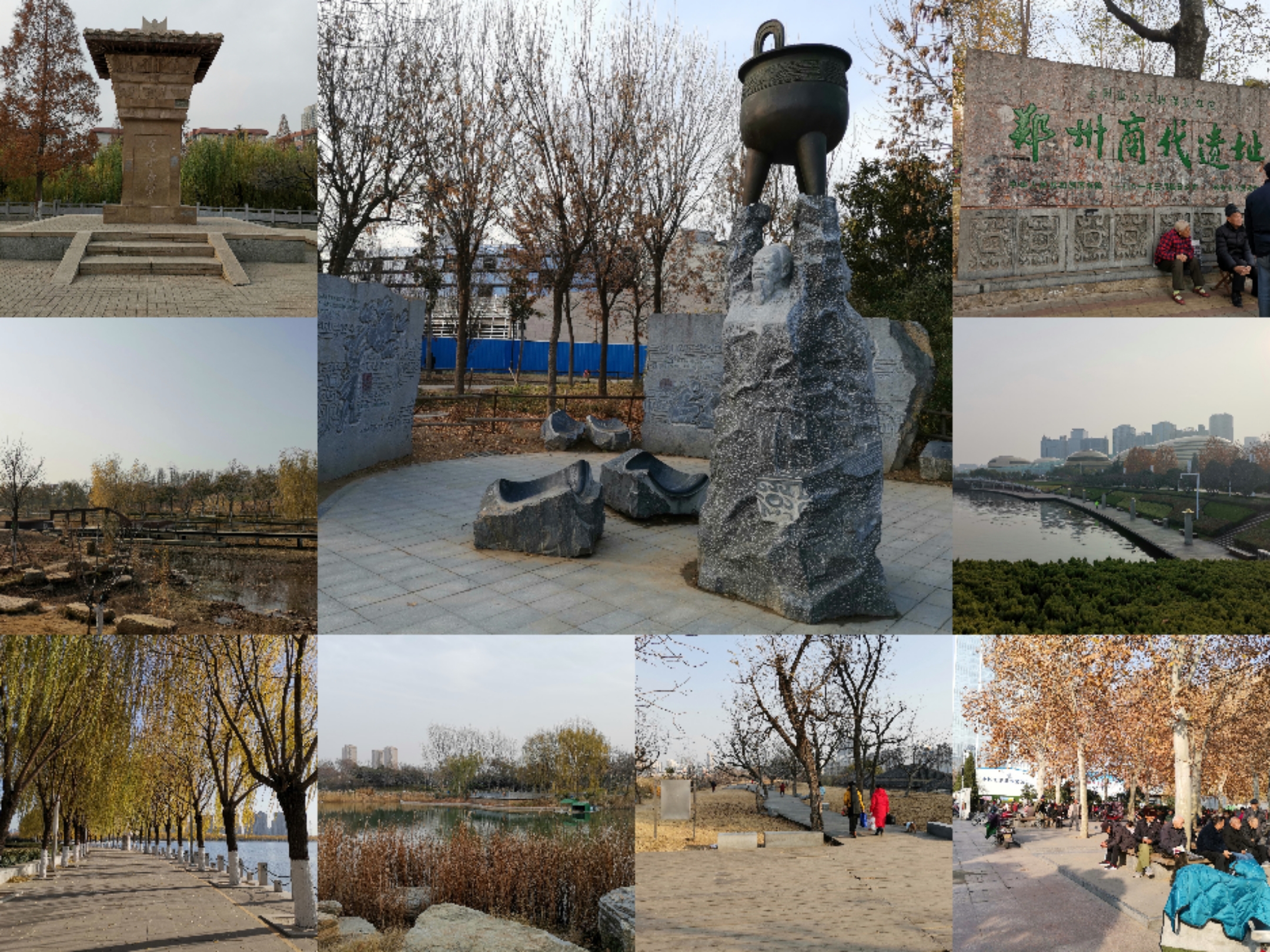 PDF(4503 KB)
PDF(4503 KB)


 PDF(4503 KB)
PDF(4503 KB)
 PDF(4503 KB)
PDF(4503 KB)
城市公园绿地游憩供需协同度评价及优化策略
Evaluations and optimization strategies of synergy degree of park green space based on balance of supply and demand for recreation

【目的】以公园绿地与居民人口间的供需平衡及协同发展为目标导向,提升公园建设的时效性,为建设低碳、高效、节约、环保的城市绿地系统提供科学依据。【方法】综合选取定性与定量指标,构建游憩供需系统评价体系和协同度量化模型,以郑州市主城区为例,对供需协同度在行政区单元的空间分异进行评价分析,并结合上位规划,利用ArcGIS中的位置分配功能对公园绿地的空间格局进行优化。【结果】郑州市主城区公园绿地游憩供需系统总体呈低级协调等级和供给滞后类型,新老城区间存在供需错位现象。各行政区存在供需空间差异,金水区协同等级最高但供需差距最大,经开区协同等级最低而供需差距最小;通过对供需系统进行提质增量、跨界融合的协同优化,金水区和经开区的供需协同度增量分别为0.047 4和0.121 8。【结论】利用构建的评价体系和模型可以较准确地反映出公园绿地游憩供需协同度的空间格局,从而有效指导供给侧各项指标的协同优化,提升公园绿地的供给能力,缩小各区内部的供需差距和新老城区间的资源差距。
【Objective】With the balance and synergistic development between park green space and resident population as the goal, this study aims to improve the timeliness of park construction and provide a scientific basis for the construction of a low-carbon, efficient, economical and environment-friendly urban green space system.【Method】By selecting qualitative and quantitative indexes to construct an evaluation system for recreational supply and demand and the synergy degree quantitative model, this study used the main urban region of Zhengzhou City as an example, evaluated and analyzed the spatial differentiation of the synergy degree in the administrative units, and optimized the spatial pattern of park green space by combining upper planning and using the location distribution function in ArcGIS.【Result】The recreational supply and demand system of the main urban region of Zhengzhou City is of low-grade synergy level and hysteretic supply type, and a dislocation between supply and demand exists between old and new urban areas. There are spatial differences among the administrative districts. Jinshui District has the highest synergy level but the largest gap between supply and demand, which are opposite to those of the Jingkai District. Based on the optimization strategies for improving the quality of parks, increasing the number of parks, and integrating the affiliated green space, the increments of synergy of the Jinshui District and Jingkai District are 0.047 4 and 0.121 8, respectively.【Conclusion】The evaluation system and model can reflect the spatial pattern of the synergy between the supply and demand of park green space, so as to effectively guide the synergistic optimization of supply-side indexes, improve the supply capacity, and reduce the gap between supply and demand within each district and between new and old urban resources.

公园绿地 / 居民人口 / 供需协同度 / 空间格局 / 郑州市主城区
park green space / residential population / synergy degree between supply and demand / spatial pattern / the main urban region of Zhengzhou City
| [1] |
刘常富, 李小马, 韩东. 城市公园可达性研究——方法与关键问题[J]. 生态学报, 2010,30(19):5381-5390.
|
| [2] |
赵珂. 城乡空间规划的生态耦合理论与方法研究[D]. 重庆:重庆大学, 2007.
|
| [3] |
金云峰, 李涛, 王俊祺, 等. 基于协同度量化模型的城乡绿地系统布局调适方法[J]. 中国园林, 2019,35(5):59-62.
|
| [4] |
李虹, 张希源. 区域生态创新协同度及其影响因素研究[J]. 中国人口·资源与环境, 2016,26(6):43-51.
|
| [5] |
王少剑, 方创琳, 王洋. 京津冀地区城市化与生态环境交互耦合关系定量测度[J]. 生态学报, 2015,35(7):2244-2254.
|
| [6] |
韩增林, 赵启行, 赵东霞, 等. 2000—2015年东北地区县域人口与经济耦合协调演变及空间差异——以辽宁省为例[J]. 地理研究, 2019,38(12):3025-3037.
|
| [7] |
邢忠, 朱嘉伊. 基于耦合协调发展理论的绿地公平绩效评估[J]. 城市规划, 2017,41(11):89-96.
|
| [8] |
|
| [9] |
郭松, 范泽源, 何家琪, 等. 基于网络分析法的南宁西乡塘区公园可达性[J]. 中国园林, 2019,35(1):68-72.
|
| [10] |
吴健生, 司梦林, 李卫锋. 供需平衡视角下的城市公园绿地空间公平性分析——以深圳市福田区为例[J]. 应用生态学报, 2016,27(9):2831-2838.
|
| [11] |
许基伟, 方世明, 刘春燕. 基于G2SFCA的武汉市中心城区公园绿地空间公平性分析[J]. 资源科学, 2017,39(3):430-440.
|
| [12] |
陆砚池, 方世明. 均衡和效率双重视角下武汉市主城区公园绿地空间布局优化研究[J]. 长江流域资源与环境, 2019,28(1):68-79.
|
| [13] |
余柏蒗, 胡志明, 吴健平, 等. 上海市中心城区公园绿地对居住区的社会服务功能定量分析[J]. 长江流域资源与环境, 2013,22(7):871-879.
|
| [14] |
郑剑侠, 牛梦云. 城市绿地系统专项规划编制思维的转变——以宁波市绿地系统专项规划为例[J]. 规划师, 2016,32(2):65-70.
|
| [15] |
刘滨谊, 姜允芳. 论中国城市绿地系统规划的误区与对策[J]. 城市规划, 2002,26(2):76-80.
|
| [16] |
金云峰, 王小烨. 绿地资源及评价体系研究与探讨[J]. 城市规划学刊, 2014(1):106-111.
|
| [17] |
|
| [18] |
塔纳尔·R·奥兹迪尔. 城市景观的社会价值:美国德克萨斯州两个典型项目的绩效研究[J]. 景观设计学, 2016,4(2):12-29.
|
| [19] |
周海波, 郭行方. 国土空间规划体系下的绿地系统规划创新趋势[J]. 中国园林, 2020,36(2):17-22.
|
| [20] |
李双金, 马爽, 张永民. 郑州主城区公园绿地可达性与访问偏好匹配度的空间格局研究[J]. 地域研究与开发, 2019,38(2):79-85.
|
| [21] |
中华人民共和国住房和城乡建设部. 城市绿地分类标准: CJJ/T 85—2017[S]. 北京: 中国建筑工业出版社, 2016.
Ministry of Housing and Urban-Rural Development of the People's Republic of China. Standard for classification of urban green space: CJJ/T 85—2017[S]. Beijing: China Architecture & Building Press, 2016.
|
| [22] |
中华人民共和国住房和城乡建设部. 公园设计规范: GB 51192—2016[S]. 北京: 中国建筑工业出版社, 2017.
Ministry of Housing and Urban-Rural Development of the People's Republic of China. Code for the design of public park GB 51192—2016[S]. Beijing: China Architecture & Building Press, 2017.
|
| [23] |
邢露华, 王永强, 刘曼舒, 等. 郑州市主城区公园绿地与居民人口分布均衡性研究[J]. 西北林学院学报, 2020,35(3):258-265.
|
| [24] |
王敏, 朱安娜, 汪洁琼, 等. 基于社会公平正义的城市公园绿地空间配置供需关系:以上海徐汇区为例[J]. 生态学报, 2019,39(19):7035-7046.
|
| [25] |
穆博, 李华威,
|
| [26] |
张云路, 李雄. 基于供给侧的城市绿地系统规划新思考[J]. 中国城市林业, 2017,15(1):1-4.
|
/
| 〈 |
|
〉 |